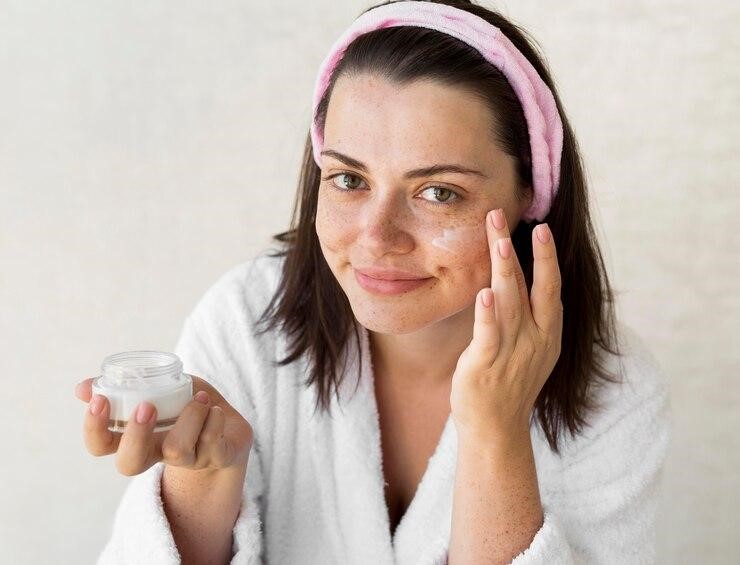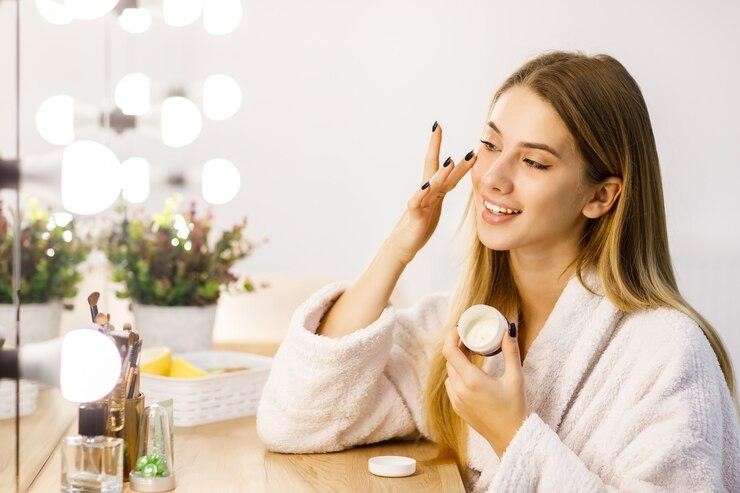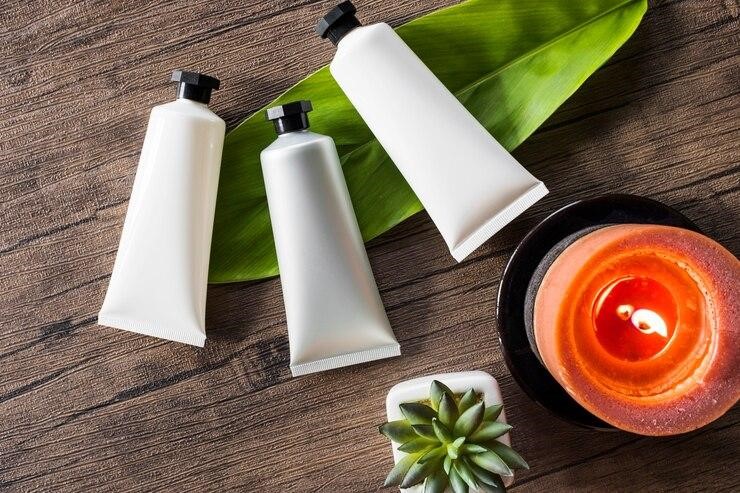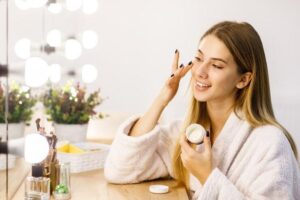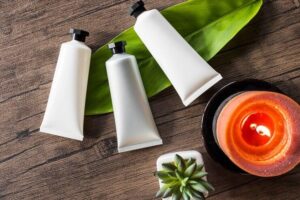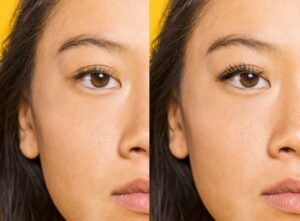Grabbing the most suitable fungal acne-safe moisturizer could be challenging. Regular acne treatments are not at all sufficient to get rid of fungal acne, a yeast overgrowth that can mimic traditional acne. You have to find a product that may provide your skin with natural moisturizing goodness while healing it with fungal acne.
Here in this article, you will get useful information on finding the best suitable fungal acne-safe moisturizer. We’ll explore the science behind fungal acne, and give you the best suggestions to identify safe and effective remedies within a range of moisturizers. Get ready to get rid of this confusion and step into a new era of clear, comfortable skin.
Table of Contents
ToggleWhy Should You Use Fungal-Acne Safe Moisturizer?
Sometimes your acne treatment doesn’t work as you may be treating them wrong. It is also because you are probably not fighting fungal acne. Fungal acne is the result of yeast overgrowth on the skin. Bacteria is not responsible for this issue. You may have tiny, stubborn bumps that look like a cluster on the skin.
Here’s where the right moisturizer comes in. Ordinary or irritating moisturizers can sometimes worsen fungal acne by feeding the yeast. So using a fungal acne-safe moisturizer is crucial. These contain lightweight formulas that are free of ingredients that aggravate the yeast.
What Are Fungal Acne Triggers?
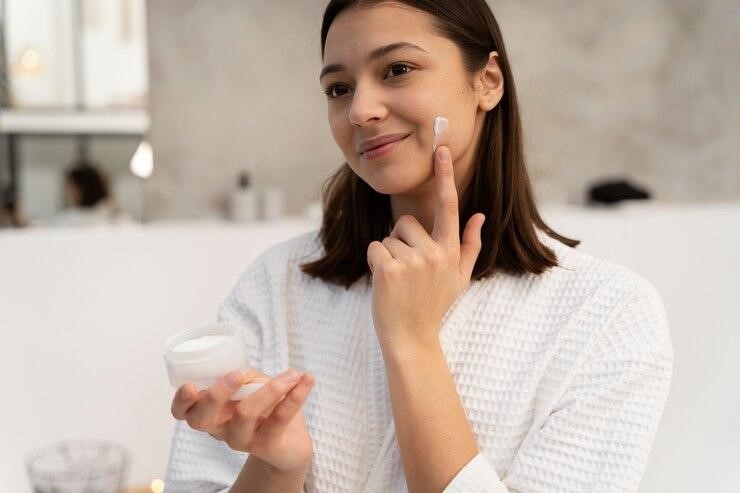
Most moisturizers are formulated for bacterial acne they can worsen fungal acne. These may contain ingredients that feed the yeast. Here are some ingredients you should avoid while choosing a fungal acne-safe moisturizer.
While oil-baked moisturizers look good for the skin, certain oils like coconut oil, mineral oil, and some nut oils (like almond oil) can boost yeast production leading to increased breakouts. These oils are known for clogging pores and yeast overgrowth.
Wax can also consist of a variety of components, like, for example, wax of bees or paraffin wax. These, can prevent air circulation and create the environment for growing yeast.
Using emollients like lanolin and some fatty alcohols can clog pores and create a promote yeast. These thick ingredients can also trap heat and moisture, worsening fungal acne.
Silicones seem lightweight on your skin, some can form a barrier on the skin, hindering proper oil and sweat flow. This fuels yeast growth and contributes to breakouts.
What are the Top Fungal Acne-Safe Moisturizers
Being careful in the selection of a moisturizer is very important for people who struggle with fungal acne since general moisturizers are more likely to worsen this issue. Here are some of the top fungal acne-safe moisturizers to consider:
1. Vanicream Lite Lotion
This fragrance-free, lotion is a good choice. It is particularly good for those people who may have sensitive skin. It does not include any fungal acne triggers like oils, lanolin, and alcohol.
2. La Roche-Posay Toleriane
This fragrance-free moisturizer is designed for people with sensitive skin. It contains components such as ceramides for repairing the skin barrier and prebiotics. It works well to bring the balance to the skin microbiome.
3. Almond Clear Soothing Daily Moisturizer
The fragrance-free moisturizer is used to treat seborrheic dermatitis. It has elements such as niacinamide and green tea extracts to calm down irritation and get rid of inflammation.
4. Malezia 5% Urea Moisturizer
The Scent-free cream by dermatologist was made specifically for fungus acne patients and contains 5% Urea which helps the skin hydrate and restore the barrier function. The series also had beneficial ingredients, for example, caprylic triglycerides and niacinamide.
5. Illiyoon Ato Control Moisture Gel
The gel is not scented at all and is suitable for the oily skin type. It is rich in ceramides for barrier repair and centella asiatica extract to relieve swelling.
Tips for Controlling Fungal Acne with Safe Moisturizers
Fungal acne, a stubborn foe, requires a targeted approach. While regular moisturizers might worsen the battle, fungal acne-safe formulas become your secret weapon. Here are the top things to remember when wielding these moisturizers for a clearer complexion.
Fungal acne thrives on specific ingredients. Coconut oil, mineral oil, lanolin, and fatty alcohol are all on its top list. Opt for fungal acne-safe labels to avoid these triggers.
New products can be unpredictable. The gel is not scented at all and is suitable for the oily skin type. It is rich in ceramides for barrier repair and centella asiatica extract to relieve swelling.
The objective is to lubricate, not to suffocate your skin. Lightweight gel-based creams will do excellent, not to mention for oily kind of skin. Creamier options might suit drier skin types.
A pea-sized amount of moisturizer is sufficient for most. Overapplication can clog pores and worsen breakouts.
Regular application is crucial. Try to apply it twice daily (morning and evening) leaving clean skin after having used a gentle, anti-fungal-safe cleanser. Keep up with your existing skincare routine and replace the skin products that are comedogenic with those safe to use with fungal acne.
Fungal acne doesn’t disappear overnight. Consistent use of the right moisturizer can take weeks to show noticeable improvement.
For severe or persistent fungal acne, a dermatologist can provide personalized guidance and potentially prescribe stronger medications.
Conclusion
Choosing the right fungal acne-safe moisturizer could be tricky. It involves the diligent selection of the right kind of product with appropriate ingredients fitting your specific skin type. You will have to consider a moisturizer that contains natural and mild ingredients. You should assess if such a moisturizer is made of natural and gentle substances. It is better to seek medical advice before using your product on your acne-prone skin.
FAQs
What is a non-comedogenic fungal acne-safe moisturizer?
Non-comedogenic is rather a non-pore-clogging ingredient which is the main factor of acne fungal prevention. Fungal acne-safe moisturizers are made to eliminate ingredients that support the development of the yeast that leads to the bumps.
Which Korean moisturizer is fungal acne-safe?
Korean skincare offers many options, but finding a fungal acne-safe moisturizer depends on the brand’s specific ingredients. Look for brands known for avoiding fungal acne triggers like Cosrx, Beauty of Joseon, or I’unik. These brands often have “fungal acne safe” product lines or lists.
Should you moisturize if you have fungal acne?
Yes, moisturize! Fungal acne hates dry skin. But skip harsh formulas. Choose a “fungal-acne safe” moisturizer: oil-free, ultra-lightweight, fragrance-free lotion to hydrate instead of clogging pores.
